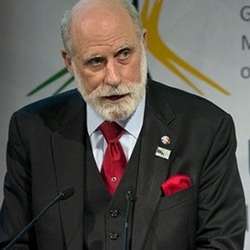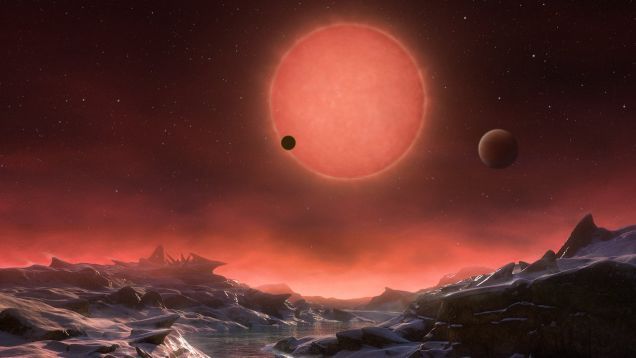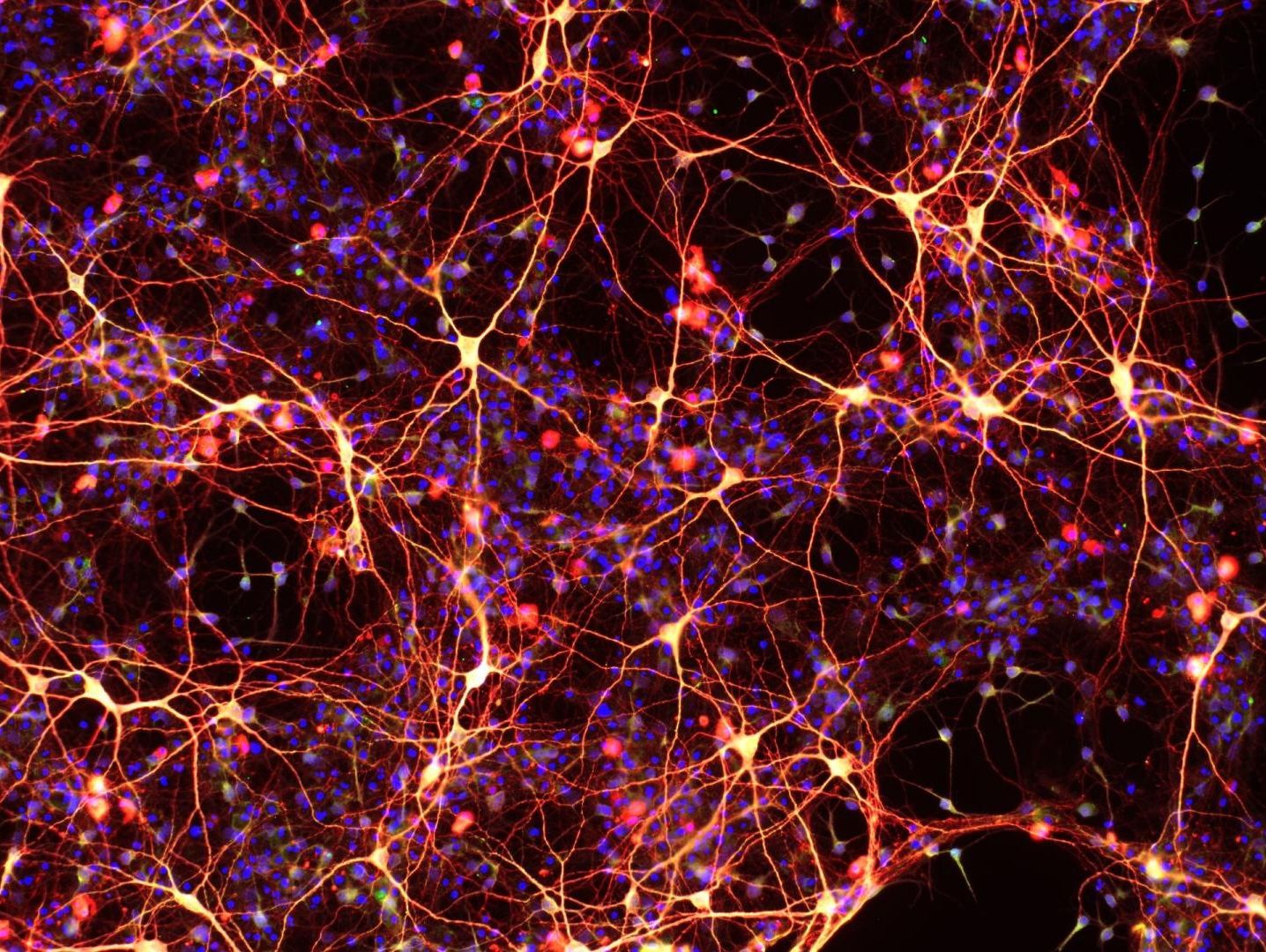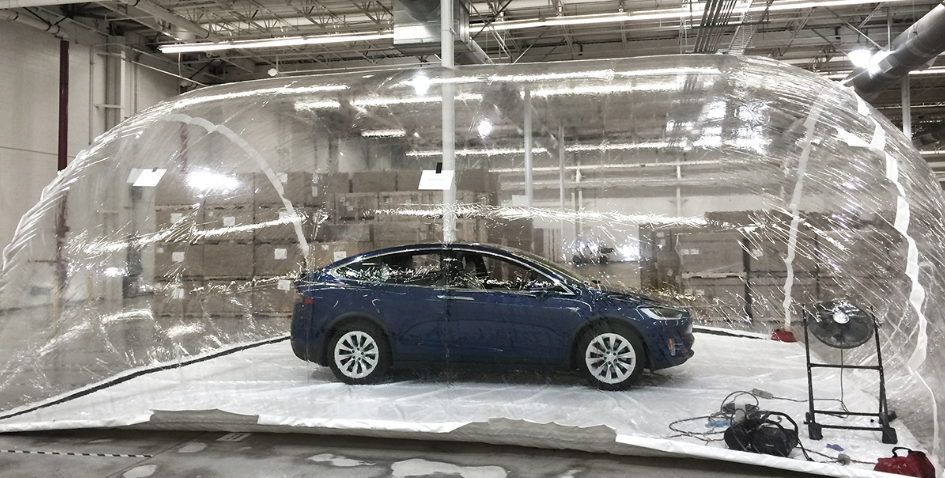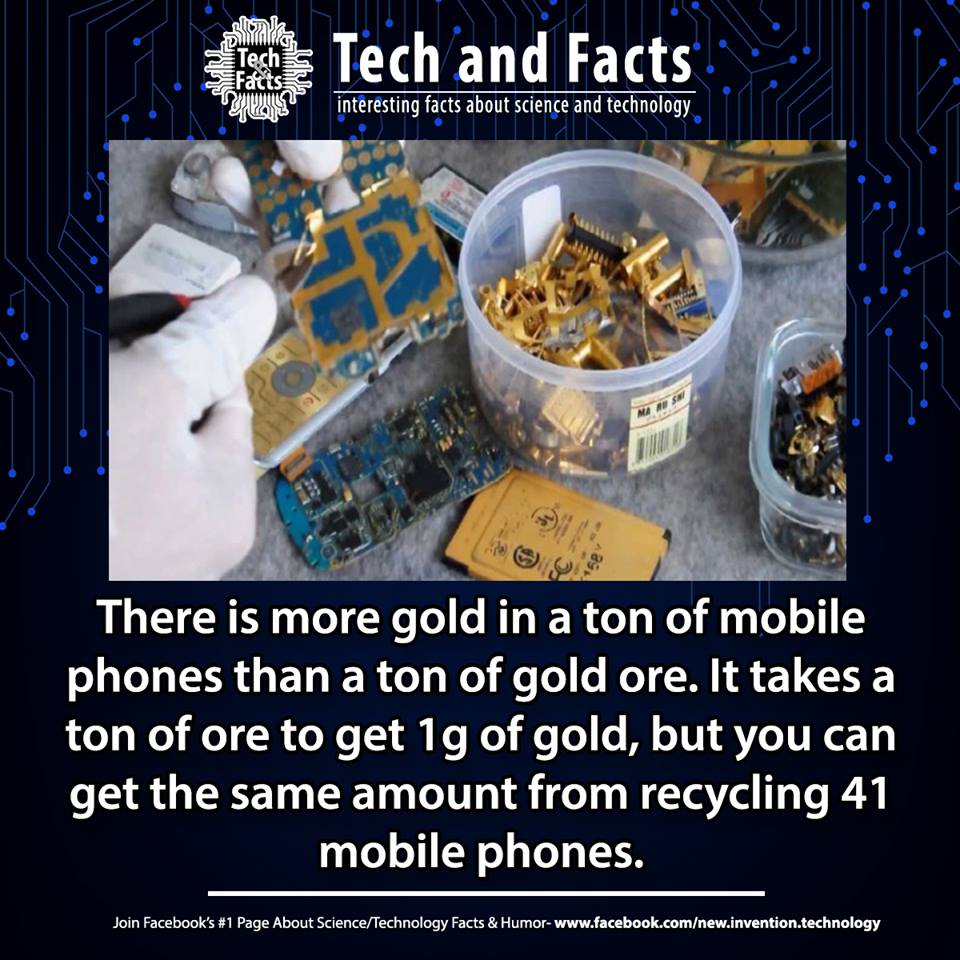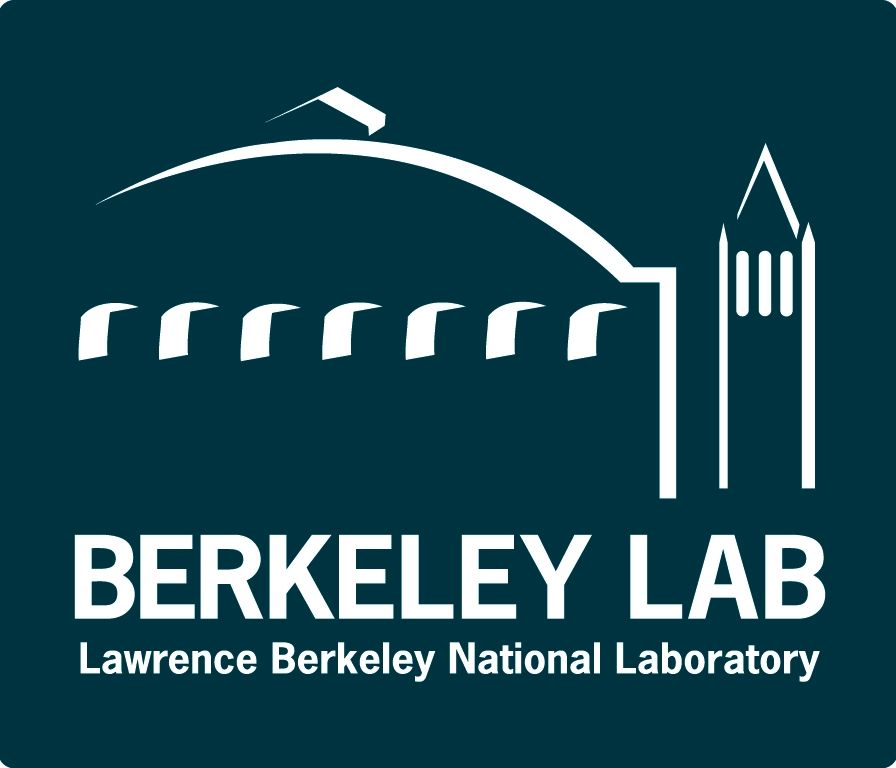May 2, 2016
Quantum sensors for high-precision magnetometry of superconductors
Posted by Karen Hurst in categories: electronics, nanotechnology, quantum physics
Quantum Sensors enables precise imaging of magnetic fields of superconductors.
Scientists at the Swiss Nanoscience Institute and the Department of Physics at the University of Basel have developed a new method that has enabled them to image magnetic fields on the nanometer scale at temperatures close to absolute zero for the first time. They used spins in special diamonds as quantum sensors in a new kind of microscope to generate images of magnetic fields in superconductors with unrivaled precision. In this way the researchers were able to perform measurements that permit new insights in solid state physics, as they report in Nature Nanotechnology.
Researchers in the group led by the Georg-H. Endress Professor Patrick Maletinsky have been conducting research into so-called nitrogen-vacancy centers (NV centers) in diamonds for several years in order to use them as high-precision sensors. The NV centers are natural defects in the diamond crystal lattice. The electrons contained in the NVs can be excited and manipulated with light, and react sensitively to electrical and magnetic fields they are exposed to. It is the spin of these electrons that changes depending on the environment and that can be recorded using various measurement methods.
Maletinsky and his team have managed to place single NV spins at the tips of atomic force microscopes to perform nanoscale magnetic field imaging. So far, such analyses have always been conducted at room temperature. However, numerous fields of application require operation at temperatures close to absolute zero. Superconducting materials, for example, only develop their special properties at very low temperatures around −200°C. They then conduct electric currents without loss and can develop exotic magnetic properties with the formation of so-called vortices.
